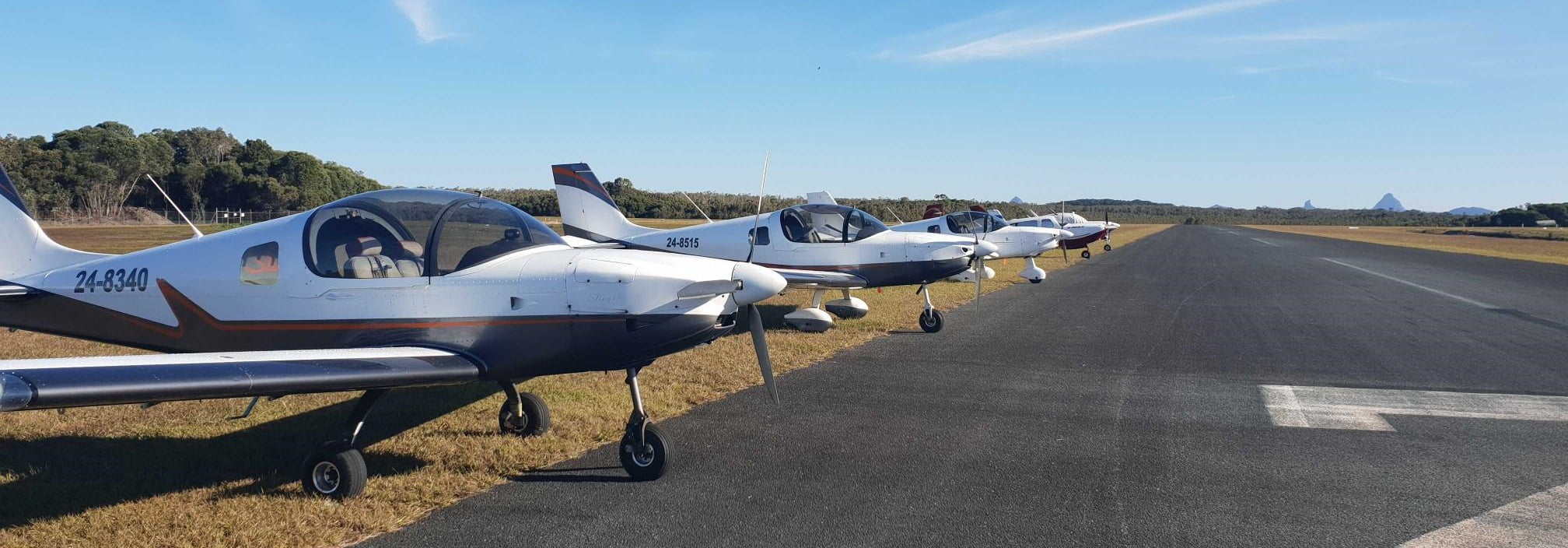If you have heard about the global shortage of pilots and are interested in becoming a Commercial Pilot, you are likely to have been researching flight schools and learning a lot of strange new terms. Terms such as: RPC, RPL, CPL, light sport aircraft, General Aviation aircraft, 3-axis and rotary aircraft, VET fee, HECs, Aviation Diploma, class 02 and class 01 medical and CASA (the Civilian Aviation Safety Authority).
A question I repeatedly get asked is: ‘What’s the difference between a General Aviation and a light sport aircraft and can I use my hours flown on a recreational aircraft towards my Commercial Pilot License? Before I answer this question, let’s start by looking at some key differences between a recreational light sport aircraft and a General Aviation (GA) aircraft.
Firstly, as far as general mechanics go, there is no difference. They are both fixed-wing three-axis aircraft. The only difference is in the weight. Recreational aircraft are currently limited to a maximum of 600kg (total weight of combined plane, fuel, passengers and luggage) although that’s about to be increased. General Aviation aircraft can weigh up to 5,600 kilos. Most older General Aviation two-seat trainers weigh somewhere between 600-800 kilos, fairly close to the recreational aviation weight.
Secondly, as far as learning to fly and the training syllabus is concerned, there is almost no discernible difference between learning to fly in a recreational aircraft and a GA aircraft. Recreational aircraft are however, usually more advanced than the GA aircraft used in most flight schools. This is one of the reasons why GoFly has been successful: we use modern recreational aircraft which are under 5 years old and each has a modern electronic flight instrument system (EFIS).
A new recreational aircraft costs around $180,000, whereas a new GA aircraft costs around $500,000.
As a flight school owner, I have worked out that once you start to borrow more than $200,000 for a flight school aircraft, the profit margins on flight training decrease dramatically. What this means in the real world is that flight schools tend to either purchase the older GA aircraft or the cheaper new recreational aircraft. Which would you prefer to learn to fly in? A modern recreational aircraft or a 30 year old GA aircraft?
The other major difference between recreational aircraft and GA is the cost of learning to fly. Recreational aircraft can cost up to $100/hour less to learn to fly in. General Aviation use older engines and most still use the more expensive Avgas, as well as using more fuel per hour. This means the flight school has to charge a higher hourly rate for teaching. A Cessna 172 used for flight training, uses around 34 litres/hour of fuel whereas the fuel burn for a rotax-powered Sling recreational aircraft is 16 litres/hour. Both aircraft fly at the same speed and can be used for the same type of training.
Integrated and non-integrated training
Now let’s look at the difference between a CPL-integrated and non-integrated course. An integrated CPL course is a full-time flight training course which is usually integrated with a diploma course and has very strict guidelines. The minimum flight hours for these courses is 150 hours.
A standard Commercial Pilot Licence (CPL) course or non-integrated course, can be full-time or part-time and the minimum number of flight hours is 200.
While integrated courses might reduce the total flight hours required, I can tell you from experience, a 150-hour commercial pilot fresh out of uni, is not very employable. If you’re an owner of a charter Company and you have two candidates: one from an integrated course with 150 hours total command time and a pilot from a standard 200 hour course, who are you going to employ?
Ok. it’s time for me to finally answer the question in the title: yes, you CAN do most of the flying for your CPL in light sport aircraft! For non-integrated CPL courses, CASA will allow the majority of flight training to be done in a recreational aircraft!
CASA has a strange way of grouping aircraft. Both General Aviation and recreational aircraft come under one group called ‘fixed wing aircraft – Group A’. They then break it up into another category called ‘registered’ (or ‘recognised’) aircraft. Australian aircraft have a registration number starting with the letters VH. This means that if the aircraft has VH registration and is certified, then it is recognised.
This might sound confusing but all you need to know is that for non-integrated CPL flying course (which most flying schools offer), you can do the majority of your flight time in a recreational aircraft. The dual benefits of this are that it saves money and the aircraft are modern.
At GoFly we have partnered with Air Qld in Redcliffe to offer a hybrid RAA to CPL course. There are other flight schools (such as Soar in Sydney and Melbourne) which offer a similar course. For our 200 hour CPL course, the first 150 flight hours are conducted in our modern recreational aircraft. The student then does a conversion over to the GA plane and finishes their commercial training and flight test at the end of the course. This equates to a saving of around $10,000 in flight training costs.
For more information about our hybrid CPL course, please call us on 0426 282 26, email goflaviation@gmail.com or log onto the CASA website www.casa.gov.au for hourly requirements for CPL courses.
See you in the sky!
Damien
CEO, GoFly Group
Click on this link to read further blogs by Damien.

